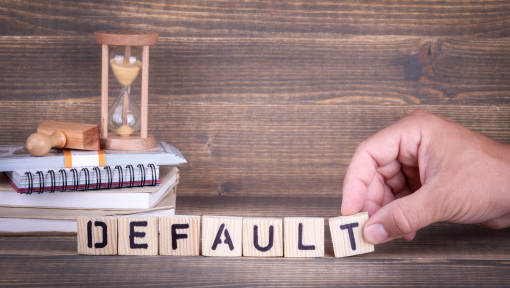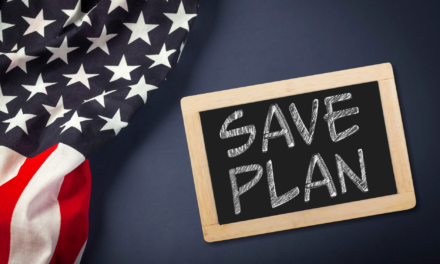On September 30th, Fresh Start program eligibility and the “on-ramp” to loan repayment end for federal student loan borrowers.
Fresh Start program goes stale after Sept. 30th
Fresh Start is a temporary program from the U.S. Department of Education (ED) that offers special benefits for defaulted federal student loans. It allows borrowers to get out of default more easily than through standard methods, helping to restore credit and stop collections activity. It also opens access to more affordable income-driven repayment (IDR) plans, loan forgiveness programs like PSLF, and short-term relief like forbearance or deferment. Borrowers who want to take advantage of Fresh Start can enroll in the program online, by mail, or by phone, but they only have until Sept. 30, 2024 to do so.

Which types of student loans qualify for Fresh Start?
- Defaulted Federal Direct Program loans
- Defaulted FFEL Program loans
- Defaulted Perkins Loans held by ED
“On-ramp” transition period also ends Sept. 30th
The “on-ramp” to loan repayment also ends at the end of September. Last October, 2023, ED created a temporary “on-ramp” period through Sept. 30, 2024 to help borrowers return to loan repayment after a three-and-a-half-year administrative payment pause due to the COVID pandemic. During the on-ramp period, borrowers are automatically placed in a forbearance for missed payments rather than being reported as delinquent to loan servicers. Doing so protected borrowers from the worst consequences of missed, late, or partial payments, such as negative credit reporting, collections, or default.
Starting Oct. 1st, the more severe negative consequences of missing payments restart. If borrowers miss payment after this date, loans will be considered delinquent. After 90 days of delinquency, borrowers will be reported to their loan servicer and national credit reporting agencies, which can result in damaged credit, default, and involuntary collections.
Borrowers who can’t afford payments, however, still have options like an income-driven repayment (IDR) plan. IDR plans often offer lower monthly payments than other plans because they are based on your income and family size rather than your loan amount. Plus, after 20–25 years (depending on if they are undergraduate or graduate loans, respectively), IDR-based loans are eligible for forgiveness.
Have questions?
Make sure you’re prepared for the on-ramp and Fresh Start protections to end Sept. 30th. See how National Student Debt Forgiveness Center can help you today.




Select Page